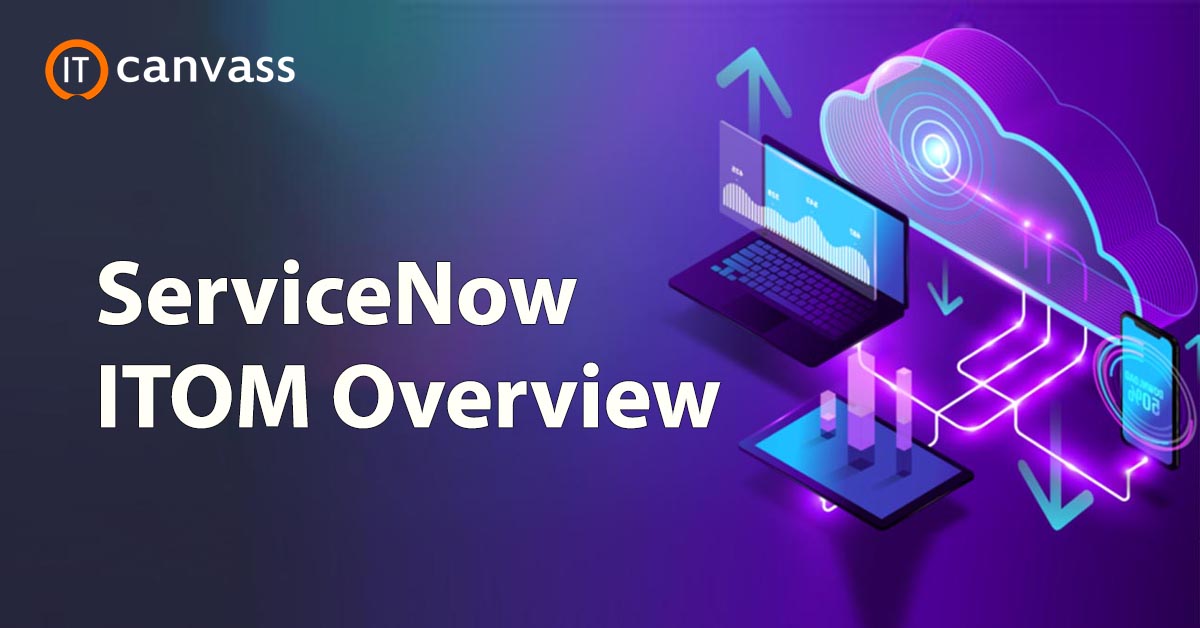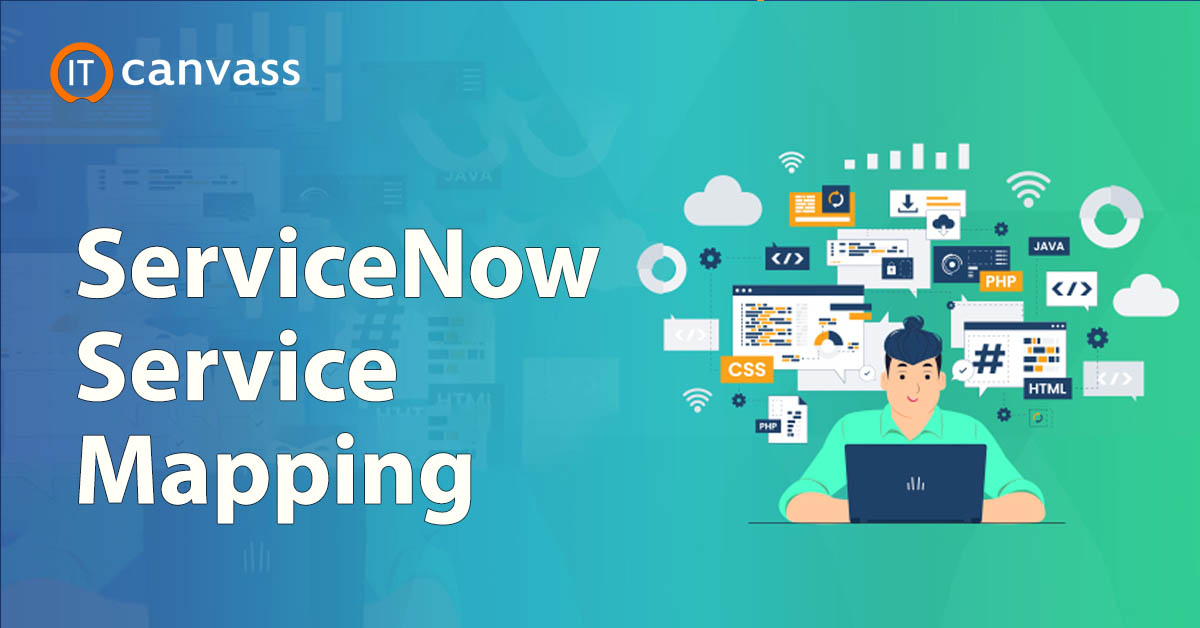Enhance your SailPoint identity management with this Sailpoint Workflow blog. As Sailpoint is an identity security management platform, it can be used by a number of organizations to fulfill their requirements. Today, in this Sailpoint workflow blog, we will discuss how to store multiple data objects and non-transient Workflows in detail. This type of Sailpoint workflow is used to bring more users, data, and various applications to form an effective software product. Sailpoint is also available for cloud-based and on-premise applications. Sailpoint workflow is an important step as it helps to integrate multiple data objects. Are you ready to learn and expand your Sailpoint skill set with Sailpoint workflow? Then let’s get started.
SailPoint Workflow - Table of Content
- What is SailPoint
- Why do we use SailPoint workflow
- SailPoint Identity IIQ: Custom Workflow Library
- Benefits of SailPoint workflow
- Advantages of using SailPoint software
- Conclusion
What is SailPoint?
SailPoint is an identity securit management platform available to handle various digital transformations. The Sailpoint software is an Austin, Texas, tech-based company mainly developed to provide identity management and unstructured data access governance to business enterprises. The SailPoint software is a fully-featured cloud management identity governance solution that provides access requests, authenticate passwords, access requests, and access application features for mobile, cloud, and on-premise software applications. SailPoint is an Identity and access management type of software solution and offers an integrated approach to various software applications.
What do you mean by SailPoint workflow?
SailPoint workflow is nothing but variables that are serialized and non-transient. With the help of SailPoint workflow, we can store the objects that can store extended markup language or XML objects. Here, you can see Log4J. These logger objects are very useful. Sometimes, they will disqualify the workflow variables due to the restrictions.
Why do we use the SailPoint workflow?
Below are a few reasons for using SailPoint workflow:
- SailPoint Workflow helps to use Workday as a master, which is set up with OKTA. With the help of this workday structure, a new hire will be created.
- OKTA-driven life cycle management occurs if you configure the SailPoint workflow.
- SailPoint pulls in new user profiles along with multiple user group members from the OKTA via connectors.
- You can also configure SailPoint-driven life cycle management.
- Workflow enables you to create OKTA via Account –group-> OKTA group; additional applications will be provisioned.
Want To Get SailPoint Training From Experts? Enroll Now For Free Demo SailPoint Training

Sailpoint Training
- Master Your Craft
- Lifetime LMS & Faculty Access
- 24/7 online expert support
- Real-world & Project Based Learning
SailPoint Identity IIQ: Custom Workflow Library
Now let us discuss libraries where users can customize the libraries using JAVA methods, and you are able to call these methods from anywhere in the SailPoint workflow. SailPoint identity IIQ consists of OOTB libraries or packages that are used to identify products like Roles, Identity Requests, and Identity calls. But to build the custom library is mandatory to build the Workflow IIQ in SailPoint.
Below are the few important steps involved in building the custom library in the SailPoint workflows:
- First, you need to create a class under the SailPoint Workflow library. Later, it would help if you extended the SailPoint workflow library.
- Then add the methods and pass the “Workflow Context as a library parameter.”
- Now, you need to build the jar and keep it in the classpath.
- Now, you have to restart the SailPoint Identity IIQ server.
The syntax is as follows:
Package sailpoint. Workflow;
Import sailpoint.object.Attributes;
/**
*
*
*/ //end of passing the attributes
Public class RDcustomerlibrary extends WorkflowLibrary {
Public string getTestMessage (workflowContext WFC) {
……………………………………………….
………………………………………………..
}
} // end of the Workflow library creation
Logging in Workflow:
Here, the workflow variables in SailPoint will be serialized and non-transient. So, we can store only the extended markup language or XML objects. One more important variable we are going to use is Log4J loggers to disqualify the workflow variables if any restriction occurs. As the transient workflows will never serialize, the objects that are referred to by variable loggers’ objects will also be stored in the workflow variables.
The main advantage of using logger variables in Workflow is to provide flexibility to manage the workflow level variables and also customize the logging variables in the Workflow.
Using Lists in IdentityIQ workflows:
The Main aspect is to use SailPoint IdentityIQ to convert all the empty data lists and get the approval through the Workflow into NULL values. It will never hold the same with non-empty data lists.
Suppose you have a global variable in the Workflow identity that consists of an empty ArrayList ([]). This workflow list will be converted to NULL once you approve the step. So we need lists to work as per our requirement; we could also offer a dummy value so that the Array list will never be converted to a NULL value.
Want To Get SailPoint Training From Experts? Enroll Now For Free Demo Sailpoint IIQ Training

Subscribe to our youtube channel to get new updates..!
Benefits of SailPoint workflow:
The following are the few benefits of using SailPoint workflow:
- Helps in role mining, role analysis, and role management.
- Risk assessment and SoD and other policy management.
- Easy to request for any data objects and approval.
- Identity and application collections, publication, and data management.
- Compliance monitoring and policy violation remediation.
- Helps to improve the governance insight.
- Fulfillment and verifications.
- In many situations, if the Workflow cases are inactive, then no need to generate any type of Workflow.
- Workflow items generated will not get any kind of serialization, and due to this reason, the user doesn’t have an unwanted work item that is related to the workflow user’s inbox.
Advantages of using SailPoint software:
Below are the few major benefits of using the SailPoint tool:
- Sailpoint software offers multiple business compliance controls and professional certifications.
- Offers self-management services to handle digital tools and password management.
- Users can access authenticate management services they are:
- Valid Authentication or MFA
- Single-sign-on service or SSO.
- Provides software development life cycle to monitor the performance
- Helps to maintain company rules, governance, and policies.
- Sailpoint is a cloud management software so that users can work with SAS software.
- Offers data analytics and visualization.
Enroll Now For Free Demo SailPoint Training in Hyderabad
Conclusion
In this SailPoint workflow blog, we have explained the major concepts related to SailPoint workflow and creating Workflow libraries. There are two types of SailPoint workflows you can see; they are transient Workflow and conventional Workflow. Most organizations maintain a transient workflow in which items never get serialized. It is better not to go with a conventional workflow because they need to be serialized by storing a large number of XML objects. The important object type used in the transient Workflow is those Log4J loggers, which are used to disqualify the variables at the beginning stage because of the restriction. With this blog you might have gained knowledge on SailPoint workflows, and hope you found this helpful. For more blogs stay tuned to IT Canvass.
Related Articles
Categories
- Top ServiceNow Integrations one Should Know
- What is Servicenow
- ServiceNow Certification
- ServiceNow Interview Questions
- Servicenow Tutorial
- ServiceNow Ticketing Tool
- Servicenow SLA
- ServiceNow Fundamentals
- ServiceNow Administration
- ServiceNow Developer Instance
- ServiceNow Reporting
- ServiceNow Integration








